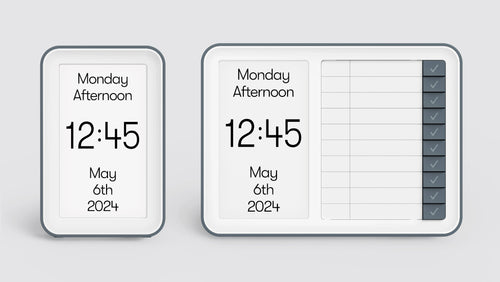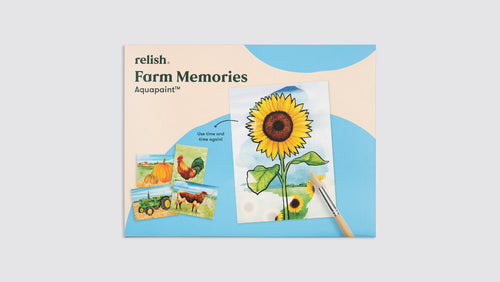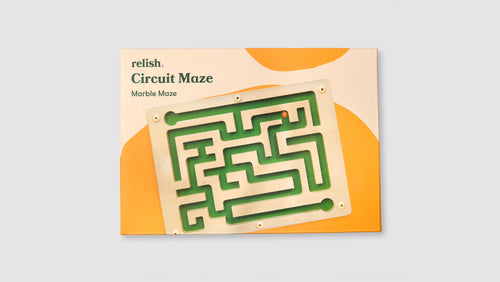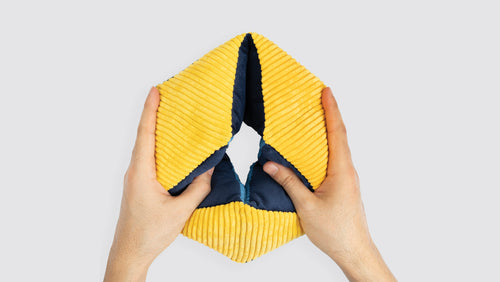What you need
Intro
As a person progresses through their dementia journey, it’s still important to help them connect with things that they love
This activity is all about finding out what will bring someone joy and talking about it with them. It might be a film star like Marilyn Monroe, a sport like cricket, an art genre like abstract – or something else. We’re all different! So take the time to find out what interests someone using a little help from friends or family
Armed with this knowledge, you can then tailor reminisce sessions using photos, articles, TV clips and other memorabilia about their interest
These sessions can then be regular, whether that’s every few days or once a week












